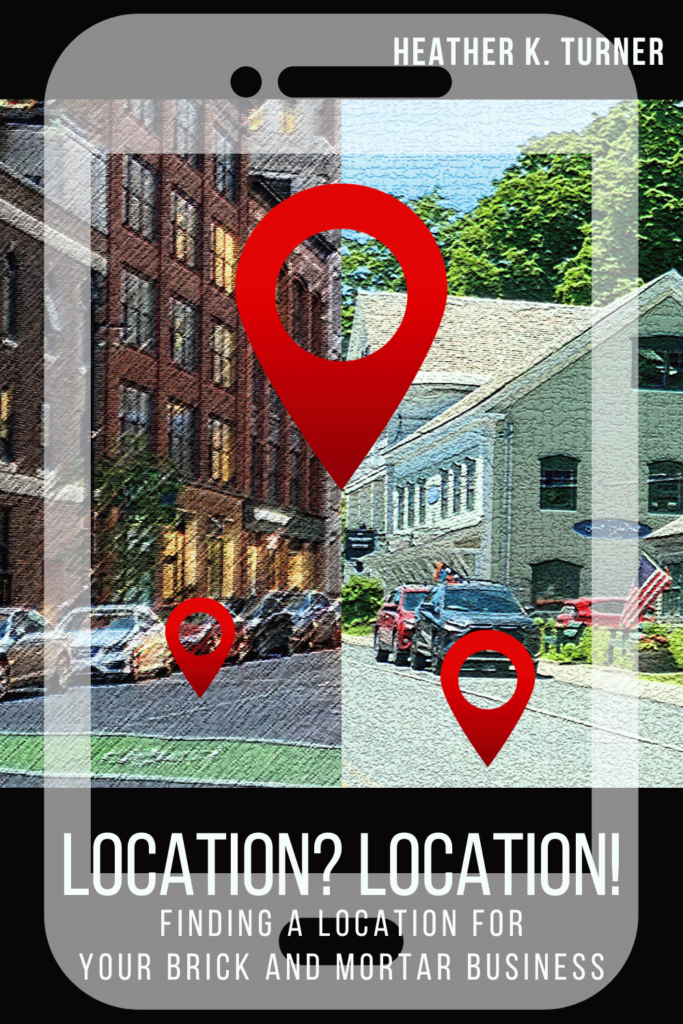by Heather T. | Jan 16, 2025 | Business, Observations, Operations, Selling a Business
Additional information on each question from 50 Questions to Ask a Business Broker When Selling a Business
 Q7. For your last sale, what was the original asking price? What was the sales price?
Q7. For your last sale, what was the original asking price? What was the sales price?
Why should you ask this?
Good brokers possess a deep understanding of the market and ensuring business owners get the best possible price for their business.
They also prioritize a realistic timeline for the sale, typically aiming for a successful transaction within 6 to 9 months, depending on the business type.
Asking about specific past transactions can help you gain insight into their approach to valuation and how accurately they initially priced businesses they worked with.
You can learn how they handle adjustments to the asking price throughout the process, whether because of market shifts, buyer feedback, or new information that comes to light. This can help you assess their ability to adapt and effectively manage the sale process to achieve the best outcome.
by Heather T. | Jan 15, 2025 | Business, Observations, Operations, Selling a Business
Additional information on each question from 50 Questions to Ask a Business Broker When Selling a Business
 Q6. What’s the average size (in revenue or transaction value) of businesses you’ve sold?
Q6. What’s the average size (in revenue or transaction value) of businesses you’ve sold?
Why should you ask this?
A broker accustomed to selling either larger or smaller businesses than yours may not have the right approach for marketing and pricing your business. Ensuring that their typical deal size aligns with your business helps ensure they have the expertise and connections.
A broker’s typical clientele size reveals their preparedness to handle your sale’s complexity and scope. Brokers may specialize in small businesses, mid-sized companies, or large enterprises.
For example, if your business generates $20 million in revenue, a broker who primarily deals with businesses under $1 million may not have the network, expertise, or marketing strategy needed for such a large transaction.
They may also lack experience negotiating larger financial deals, such as those involving private equity or significant strategic buyers. On the flip side of that, if you’re selling a smaller business, working with a broker who typically handles large corporations/sales could result in your business getting less attention as the business network they have is typically looking for larger properties and how they do their marketing may be geared towards the bigger properties and the more cash rich buyers.
by Heather T. | Jan 14, 2025 | Business, Observations, Operations, Selling a Business
Additional information on each question from 50 Questions to Ask a Business Broker When Selling a Business
 Q5. How many businesses have you sold in my industry?
Q5. How many businesses have you sold in my industry?
Why should you ask this?
Industry-specific experience is important. Each industry has its own unique characteristics that can affect and impact the sale process, have different buyer profiles, valuation methods, and relevant regulations. A broker with experience selling businesses in your industry will be well-versed in these details.
A broker with experience in your industry is likely to have connections with both strategic and financial buyers, know the best marketing channels to use and what has worked well prior, and understand the trends and drivers specific to your industry.
For example, selling a restaurant differs significantly from selling a retail business because of differences in lease agreements, employee structures, and customer loyalty, as well as customer bases, economic fluctuations affecting a restaurant more than retail and the additional ongoing challenge of finding employees for a restaurant.
by Heather T. | Jan 13, 2025 | Business, Observations, Operations, Selling a Business
Additional information on each question from 50 Questions to Ask a Business Broker When Selling a Business
 Q4. Do you have any credentials or certifications as a business broker?
Q4. Do you have any credentials or certifications as a business broker?
Why should you ask this?
Real estate brokers must have a license in every state (see question #1), but the requirements for business brokers vary from what I can find, with some states not requiring a license at all. If a license is required, check whether the broker holds a Certified Business Broker (CBB) designation.
Other non-state certifications that might add credibility to the broker include:
- Accredited Business Valuation (ABV)
- Certified Business Broker (CBB) (mentioned)
- Certified Business Intermediary (CBI)
- Certified Mergers & Acquisitions Professional (CM&AP)
- Mergers & Acquisitions Master Intermediary (M&AMI)
- Certified Merger & Acquisition Advisor (CM&AA)
- Professional Certificate in Mergers & Acquisitions (M&A)
- Certified Mergers & Acquisitions Professional (M&AP)
Credentials or certifications can sometimes be found listed on the broker’s website.
There are a LOT of certification programs out there, the above were just a few examples of common ones. If they are listed on the broker’s website and/or they inform you of a certification or certifications, do a little digging, was this a 10-hour course or a several month course intensive. What school or accrediting facility issued it?
by Heather T. | Jan 10, 2025 | Business, Observations, Operations, Selling a Business
Additional information on each question from 50 Questions to Ask a Business Broker When Selling a Business
 Q3. Are you a member of any professional business brokerage organizations?
Q3. Are you a member of any professional business brokerage organizations?
Why should you ask this?
Some professional affiliations that can strengthen the broker’s credibility include:
Affiliations and memberships can sometimes be found listed on the broker’s website, it doesn’t necessarily mean they are current members, so I always like to check.
I also like to see if a broker is a member of any other professional organizations, like one’s relating to an industry they might specialize in. A restaurant broker might be a vendor member, for example, of a state or national restaurant or lodging and restaurant association. Do they belong to a local Chamber of Commerce, are they involved in volunteering or any other philanthropic participation? I believe you can tell a lot about a broker from their involvement in an industry they specialize in and participation in their community.
by Heather T. | Jan 9, 2025 | Business, Observations, Operations, Selling a Business
Additional information on each question from 50 Questions to Ask a Business Broker When Selling a Business
 Q2. How long have you been a business broker?
Q2. How long have you been a business broker?
Why should you ask this?
A broker’s years of experience can show their ability to navigate challenging situations. The length of time a broker has been in the industry gives you some insight into their experience, ability to adapt to market changes, and the knowledge to help navigate complex business transactions.
An experienced broker is more likely to have encountered a wide range of situations (e.g., deals that have fallen through, tough negotiations, economic downturns, and other unexpected wrenches that might get thrown into the process) and developed strategies to handle them. (Ask them about some past experiences to get a better handle on what they have dealt with prior.)
Individuals who have many years of experience usually possess a deeper understanding of a specific industry, the proper structuring of a deal, industry buyer behaviors, and the efficient management of the entire sales process. Newer brokers may still be effective and do a terrific job for you, but they don’t have the hard experience, and in my personal opinion, a new broker can do a fantastic job if they are a real go getter, plus they are willing to be adaptable and pivot quickly if a problem or issue comes up but you need to vet them even more.
 Q7. For your last sale, what was the original asking price? What was the sales price?
Q7. For your last sale, what was the original asking price? What was the sales price?






